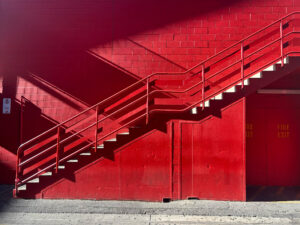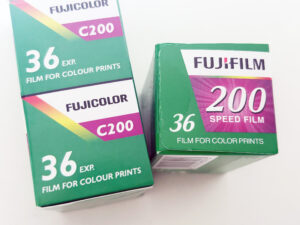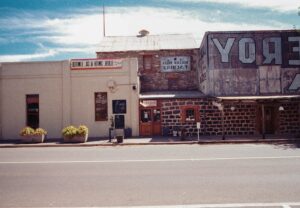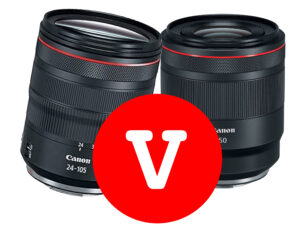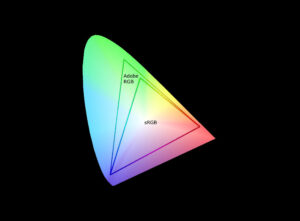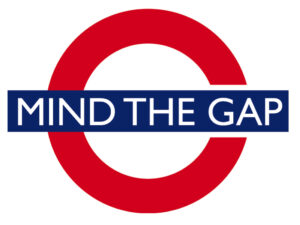So what exacrtly do the Leica lens names mean? Lets find out: If you’re diving into the world of Leica, you’re bound to encounter iconic names like Noctilux, Summilux, Summicron, Elmarit, and Summaron. Unlike other brands that use numbers like “f/1.4” in their product names, Leica uses poetic, historic labels to indicate each lens’s characteristics—especially maximum aperture and design philosophy.
Understanding these names is essential when choosing the right lens for your style. This guide breaks down each name, what it means, and how it fits into Leica’s lens hierarchy.
Summaron: Vintage Charm with Modern Reissues
Maximum Aperture: f/2.8 or f/3.5
Focal Lengths: 28mm, 35mm
Style: Compact, classic rendering, high contrast
Summaron lenses are vintage wide-angle designs from the 1950s–60s that have been reissued by Leica in recent years for those who crave old-school rendering. Expect high contrast, vignetting, and unique image character.
Why Choose a Summaron?
- You want a distinctive vintage look
- You shoot film or love “Leica glow”
- You don’t need fast apertures

Modern classic: The reissued 28mm f/5.6 Summaron-M maintains its classic look with updated M-mount engineering.
Elmarit: The Travel-Friendly Workhorse
Maximum Aperture: f/2.8
Focal Lengths: 21mm to 135mm
Style: Sharp, neutral, compact
Elmarit lenses deliver excellent sharpness and contrast with a more moderate aperture of f/2.8. Because they’re smaller and lighter, they’re ideal for travel and reportage work.
Why Choose an Elmarit?
- You want a lightweight kit
- You shoot landscapes, travel, or architecture
- You value sharpness over shallow depth of field

Budget-conscious choice: Elmarits are usually more affordable than Summilux or Summicron lenses while still being top-tier optics.
Summicron: The Leica Sweet Spot
Maximum Aperture: f/2
Focal Lengths: 28mm to 90mm
Style: Balanced, classic, smooth
The Summicron is Leica’s most beloved lens line, offering the perfect compromise between speed, size, and performance. Summicron lenses are known for their natural contrast, sharpness, and silky bokeh—ideal for everything from street to portrait photography.
Why Choose a Summicron?
- You want iconic Leica image rendering
- You prefer compact gear
- You want a versatile lens for all conditions

Notable mentions: The 50mm f/2 Summicron-M is considered one of the greatest lenses of all time—sharp, reliable, and full of character.
Summilux: The Cinematic Speed Master
Maximum Aperture: f/1.4
Focal Lengths: 21mm to 90mm
Style: Cinematic, fast, expressive
Summilux lenses balance fast apertures with Leica’s signature compact style. While not as extreme as Noctilux, they offer excellent low-light performance with classic Leica rendering and smooth transitions between in-focus and out-of-focus areas.
Why Choose a Summilux?
- You want low-light power and shallow depth of field
- You shoot portraits, events, or weddings
- You want creamy bokeh and rich contrast

Cine crossover: Summilux lenses inspired Leica’s Summilux-C cinema lenses, used in major films like The Revenant and The Social Network.
Noctilux: The Ultimate Low-Light Lens
Maximum Aperture: f/1.2, f/1.0, or f/0.95
Focal Lengths: 50mm, 75mm
Style: Ultra-shallow depth of field, cinematic, bold character
The Noctilux is Leica’s flagship low-light lens series. Introduced in the 1960s, Noctilux lenses push the limits of what optics can do, especially in dark environments. The modern 50mm f/0.95 ASPH, nicknamed the “King of Bokeh,” offers razor-thin depth of field and creamy, cinematic rendering.
Why Choose a Noctilux?
- You want extreme subject separation and creamy bokeh
- You shoot handheld in ultra-low light
- You want the most unique and luxurious Leica look

Fun fact: “Nocti” means night—this lens was literally made for the dark.
Consider: Noctilux lenses are large, heavy, and extremely expensive (often $12,000+), making them less practical for daily street shooting.
Summary Table: Leica Lens Names Compared
| Lens Name | Max Aperture | Known For | Best For |
|---|---|---|---|
| Noctilux | f/1.0–f/0.95 | Ultra-shallow DOF, cinematic bokeh | Night, portraits, art |
| Summilux | f/1.4 | Cinematic rendering, fast performance | Low-light, weddings, portraits |
| Summicron | f/2 | Classic Leica look, balanced design | Street, everyday, reportage |
| Elmarit | f/2.8 | Lightweight, sharp, neutral | Travel, landscape, architecture |
| Summaron | f/2.8–f/3.5 | Vintage look, compact | Film shooters, character lovers |
Frequently Asked Questions
It depends. Noctilux lenses are faster (f/0.95 vs f/1.4) and offer extreme bokeh, but they are heavier and much more expensive. For most users, Summilux is a more practical choice.
Leica uses traditional names to reflect heritage, design class, and marketing differentiation. Once you learn the names, they become easier to understand than numbers.
That title usually goes to the APO-Summicron 50mm f/2 ASPH, which is not only sharp but nearly free of chromatic aberration.
Final Thoughts: Which Leica Lens Is Right for You?
Choosing between Noctilux, Summilux, Summicron, Elmarit, and Summaron comes down to your shooting style, budget, and image preference.
- Go Noctilux if you want legendary rendering and money is no object.
- Choose Summilux for low-light versatility and artistic portraits.
- Pick Summicron for a balance of size, quality, and Leica DNA.
- Grab an Elmarit if you travel light and want edge-to-edge sharpness.
- Use a Summaron if you’re chasing nostalgic vibes and creative character.
No matter which you choose, Leica lenses are known for their exceptional build, optical quality, and the kind of image magic you won’t find elsewhere.




